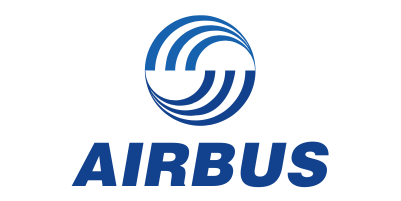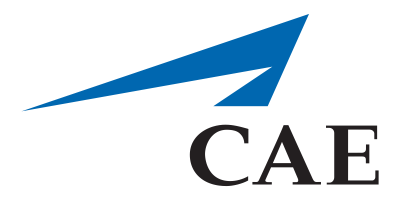Welcome to
School of Aeronautics
At the School of Aeronautics College, we offer a range of B.Tech programs tailored to fuel your dreams of a career in aviation. Whether you aspire to design cutting-edge aircraft, maintain their impeccable performance, or ensure the comfort and safety of passengers, our specialized courses are designed to equip you with the skills and knowledge needed to excel in the dynamic aerospace industry.
About Us
School of Aeronautics was established in 1992, since then we are into providing world class Aviation Education, in various disciplines like Aeronautical Engineering,
Aircraft Maintenance Engineering & Cabin Crew.
School of Aeronautics is Approved by AICTE , DGCA & Affiliated to Bikaner Technical University (BTU).
All the labs in college are very well developed with modern, highly sophisticated testing equipments.
In total there are 26 labs, catering to the needs of students of Aeronautical Engineering, Aircraft Maintenance Engineering & Integrated Course of Aeronautical Engineering + Aircraft Maintenance Engineering.





APPLY FOR ADMISSION IN SCHOOL OF AERONAUTICS
Welcome to your gateway to a rewarding career in Aeronautical Engineering, Aircraft Maintenance Engineering & Cabin Crew!
At SOA, we’re more than just an admission form; we’re your partners on the journey to wisdom and success. Join us for an inclusive admission process that values your potential and sets you on the path to a bright future.
Choose SOA, where your dreams take flight!
PLACEMENTS OF SCHOOL OF AERONAUTICS
The Placement Office of the college provides equal opportunity to all enrolled students of Aeronautical Engineering, Aircraft Maintenance Engineering & Cabin Crew.
Our students have been successfully placed at reputed companies. Our students are working in 300+ companies, detailed list is available in placement section. Our over all placement ratio is 85-90 %.
We ensure your career to be in good hands.
OUR COURSES

B.Tech Aeronautical
It involves activity of designing, developing and constructing of machine planes that can fly, as commonly known by aircraft.

Aircraft Maintenance Engineering
It is a specialized field concerned with the maintenance, repair, and overhaul of aircraft and their components to ensure safety.

Integrated (B.Tech + AME)
Integrated course is a combined course of B.Tech (Aeronautical Engineering) and Aircraft Maintenance Engineering

Cabin Crew
Cabin Crew (Air Hostess / Flight Stewards) are required on board aircraft to ensure passenger safety-related duties.
OUR PLACEMENTS
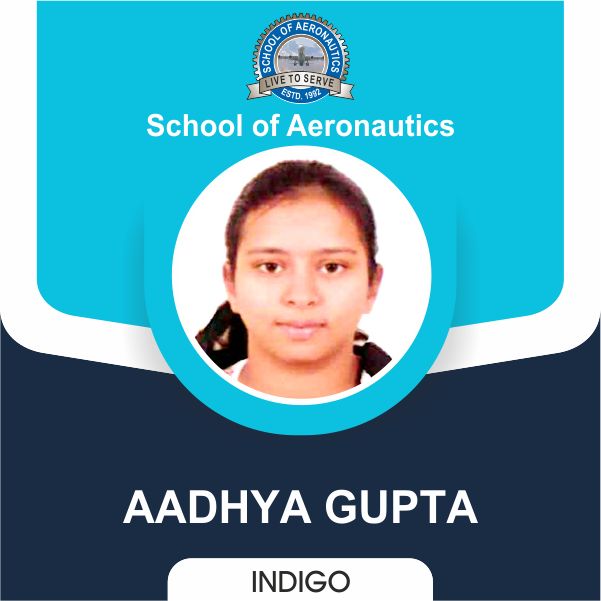



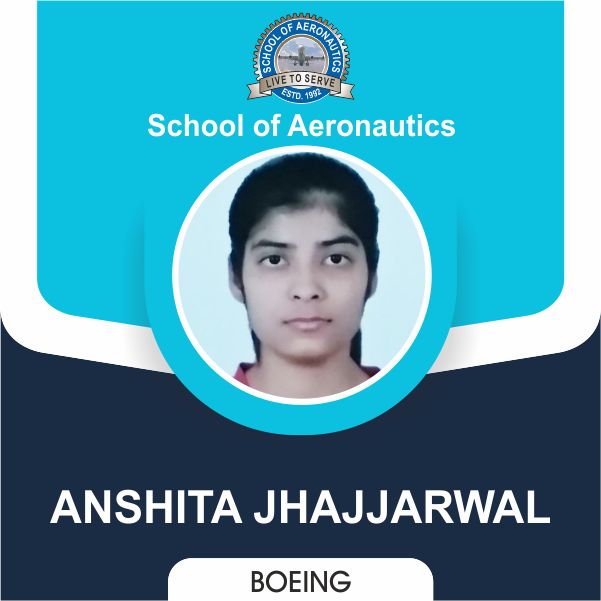















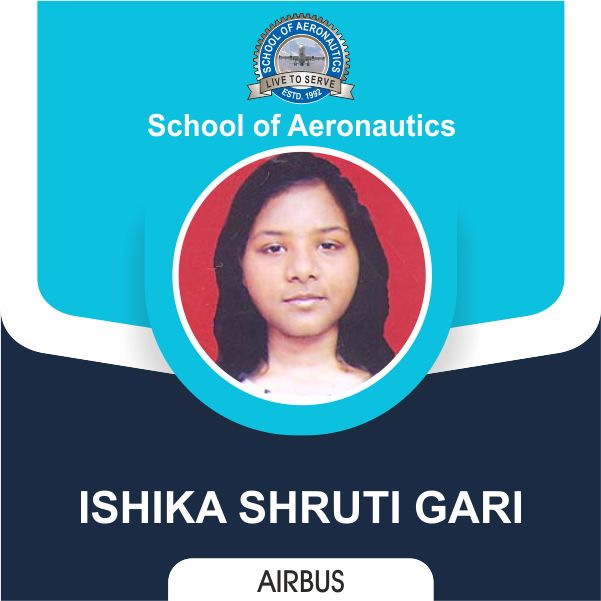

















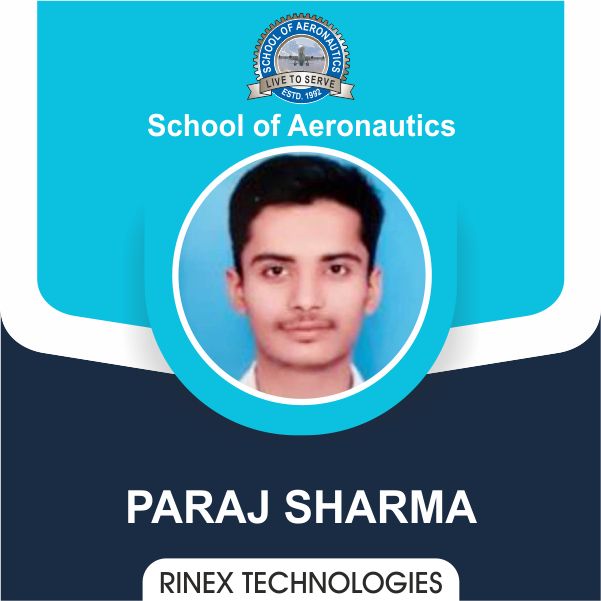





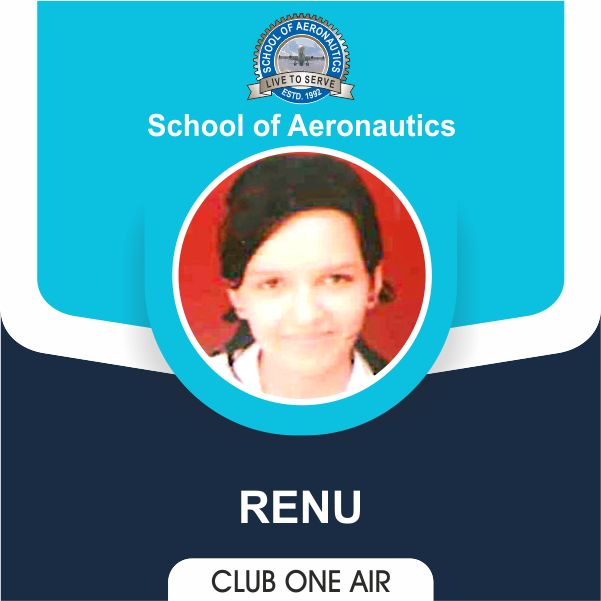

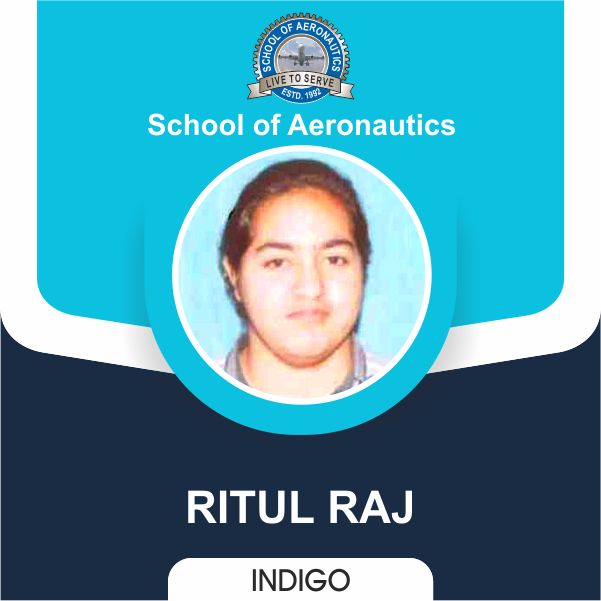


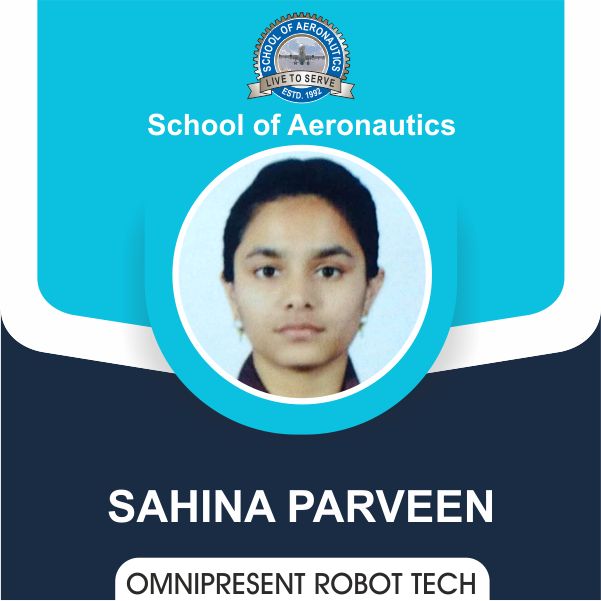







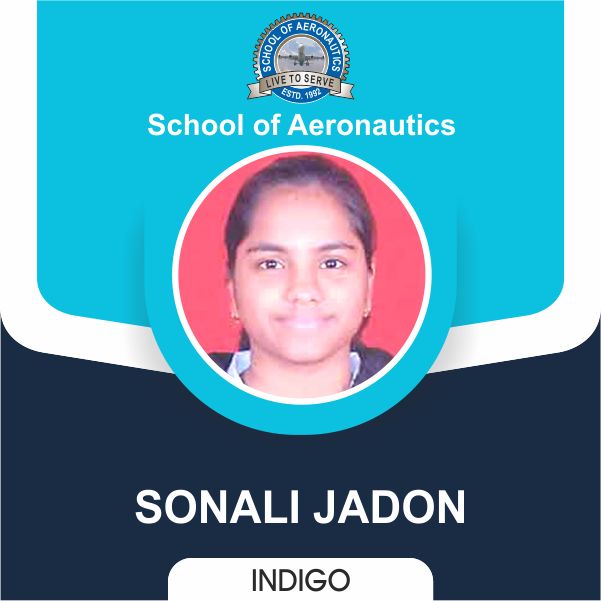



























WHAT IS AERONAUTICAL ENGINEERING ?
Basically Aeronautical Engineering involve activity of designing, developing and constructing of machine planes that can fly, as commonly known by aircraft.
The Aeronautical Engineers primarily responsible for creation of safer and more energy efficient economical methods for travelling including aircraft, helicopters, satellites, missiles and spacecrafts. These includes science of propulsion and aerodynamics, even it covers the development and selection of materials and equipment that are utilized in aircraft.
Aero Engineer’s are part of the designing process to make that fastest vehicle. Eg: Airplanes that weights over a million pounds can ease into the air and spacecraft travels 17.000 miles an hour.
B.Tech Program, Approved by AICTE & Affiliated to
Bikaner Technical University, Bikaner & RTU, Kota
WHAT IS AME (AIRCRAFT MAINTENANCE ENGINEERING) ?
Training for the Aircraft Maintenance Engineering program at SOA has been approved by the DGCA. The license Examination is conducted by the DGCA. The duration of training at the institute is 2 years, phased over four semesters. This 2 Years is having 2400 Hrs of planned training out of which 2050 Hrs will be in class rooms and labs, 350 will in actual maintenance environment, i.e at MRO. School of Aeronautics has tied up with Air India, which is India’s largest MRO. Total Aviation Experience requirement to obtain B 1.1 or B2 license is as per CAR 147 Basic.
Different types of Avionics & Mechanical workshops give an opportunity to the student to study various theories & Practicals of Avionics & Mechanical systems of an aircraft. In short SOA provide all facilities to make a student a successful Aircraft Maintenance Engineer.
Aircraft Maintenance Engineering Program is
Approved by DGCA
WHAT IS INTEGRATED PROGRAM OF AERONAUTICAL ENGINEERING & AIRCRAFT MAINTENANCE ENGINEERING ?
Course
B.Tech Program, Approved by AICTE & Affiliated to BTU. AME Programm is Approved by DGCA
Integrated course is a combined course of B.Tech (Aeronautical Engineering) and Aircraft Maintenance Engineering, in which students will appear for two different examinations for isssue of Degree and Licence. Both the courses will be running parallel to each other, at the end of four years students will have both B.Tech (Aeronautical Engineering) & Aircraft Maintenance Engineering, their by making him eligible for ame cet exam date 2024 both manufacturing as well Maintenance jobs related to aircrafts. This will also enhance the placement probabilities as we will be able to apply every type of job available in aviation industry, either related to manufacturing or maintenance



